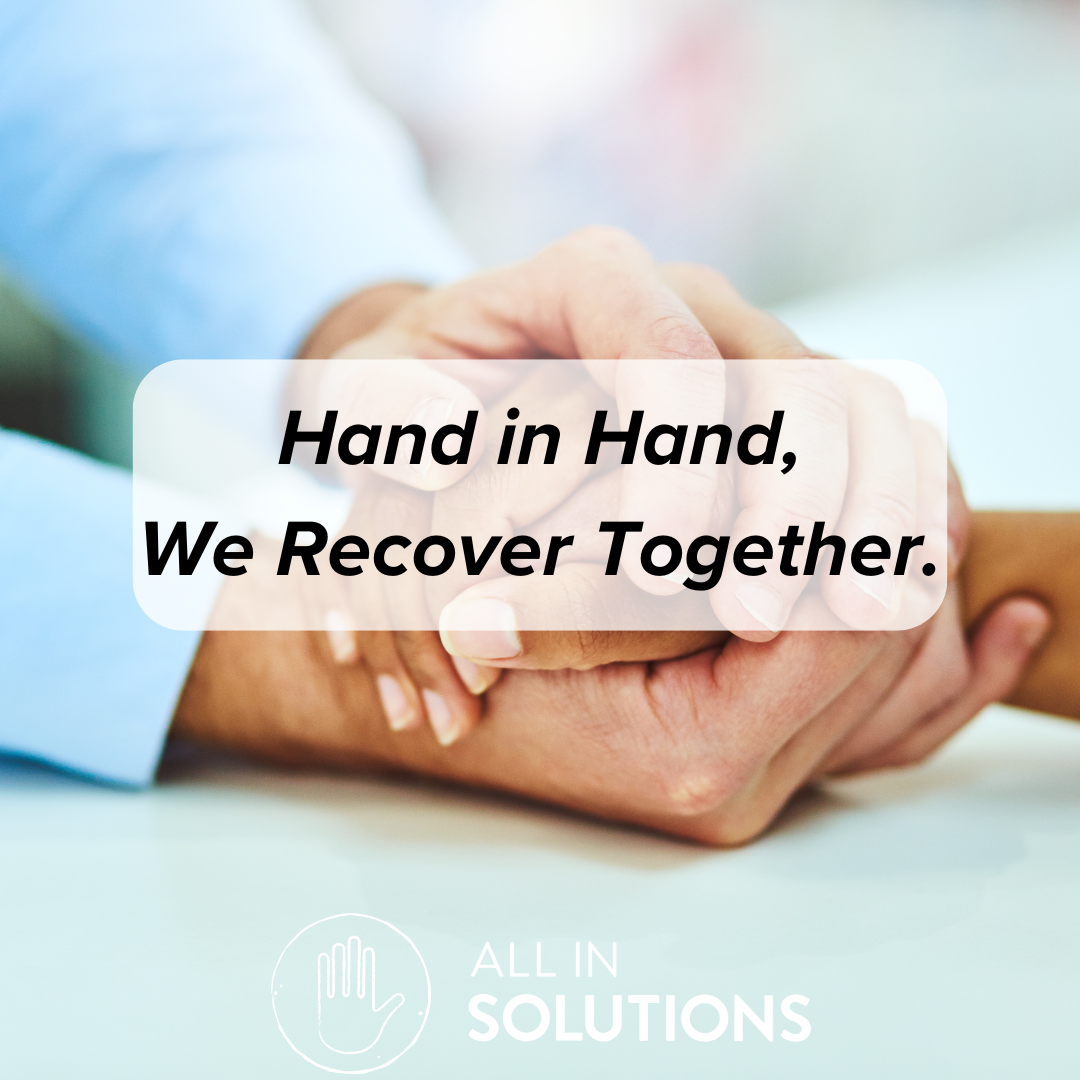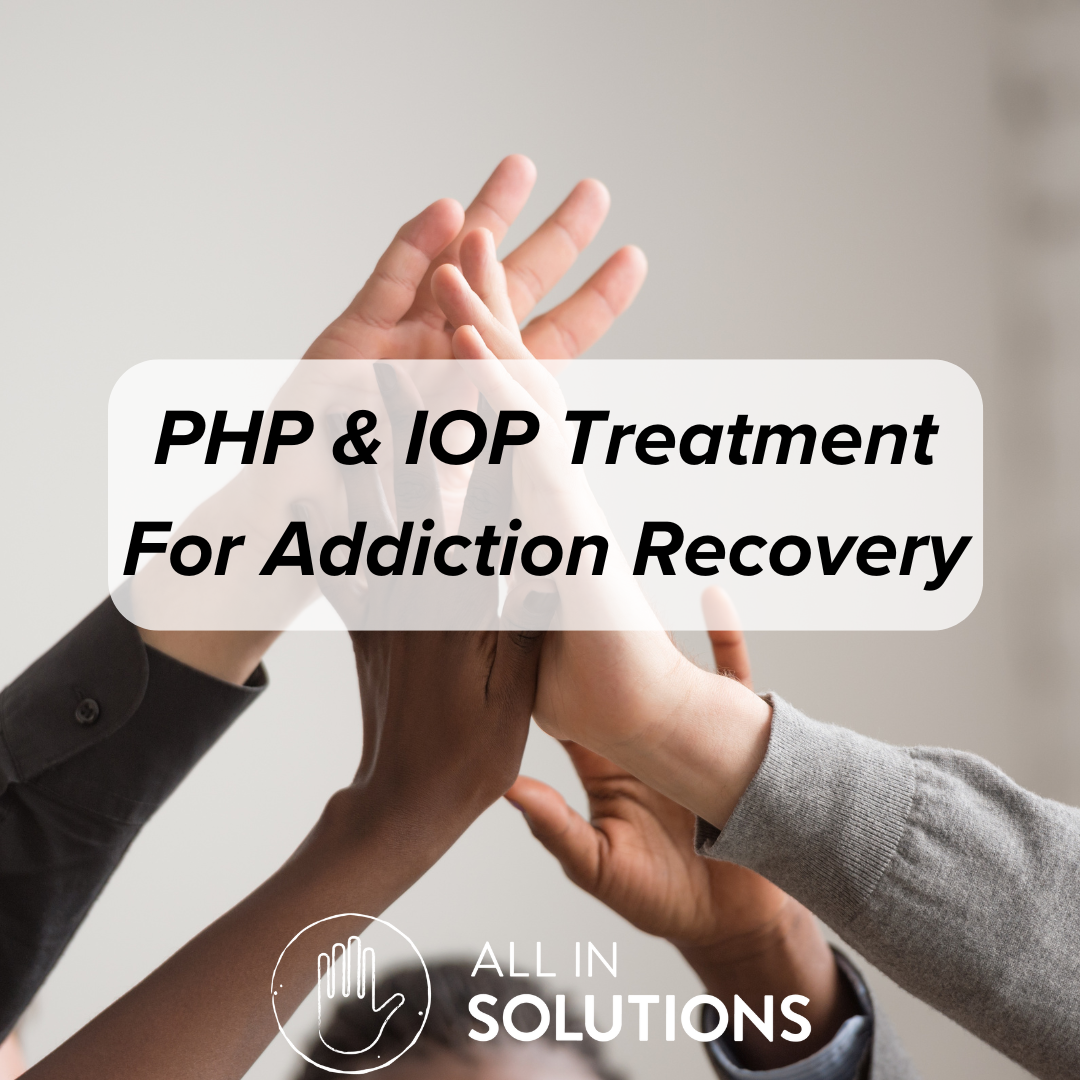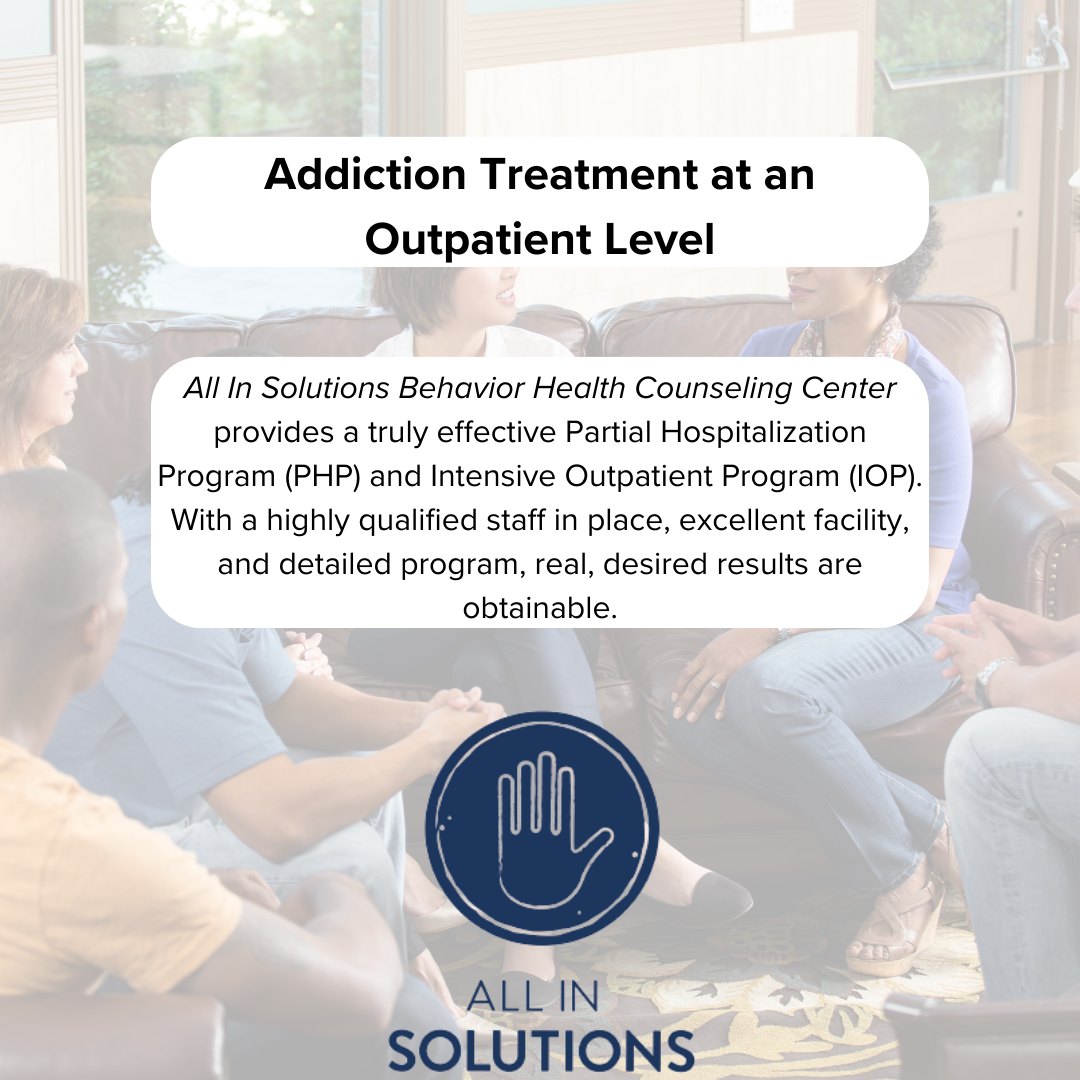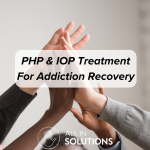The Advantages of PHP and IOP for Treating Addiction
Addiction treatment has changed a lot through the years. There are many ways to help people who are in recovery. Two common options are Partial Hospitalization Programs (PHP) and Intensive Outpatient Programs (IOP). These choices are valued alternatives to inpatient treatment, and are greatly impactful if starting out with inpatient, then transitioning to PHP or IOP. They provide support while allowing people to have some independence. This makes PHP & IOP great for those who want to get better.
Understanding PHP and IOP
Partial Hospitalization Programs (PHP) offer a high level of care. They combine inpatient treatment and outpatient services. People in these programs typically join sessions several hours each day, five to seven days a week. They receive strong support during this time and return home in the evenings.
Intensive Outpatient Programs (IOP) provide planned treatment. This allows people to join therapy while living at home. Sessions take place several times a week. Each session lasts a few hours. They include both individual and group therapy. The programs also have practice activities to help build skills.
Key Benefits of PHP and IOP
-
Flexibility and Independence:
PHP and IOP help people keep doing their daily tasks, like work, school, or family, while they get treatment. This flexibility reduces the stigma around getting help. It also makes it easier for people to include recovery in their everyday lives. -
Structured Support:
PHP and IOP provide a solid structure focusing on support and responsibility. Participants have regular therapy sessions, which help them work through deeper issues with their addiction. This support is especially good for those who have just finished detox or are moving from inpatient care. -
Comprehensive Care:
Both programs use an extensive approach to treatment. They include methods like cognitive-behavioral therapy (CBT), group therapy, family therapy, and managing medications. This care looks at both addiction and mental health problems, which often go together with substance use issues. -
Peer Support and Community:
PHP and IOP help people connect with others facing the same problems. Group therapy creates a sense of community. Participants can share their stories and support each other in recovery. This peer support can feel very important, helping individuals feel less alone and more understood. -
Skill Development:
These programs teach people useful skills for dealing with cravings, stress, and daily life challenges. By giving these tools, PHP and IOP prepare them for long-term recovery and help them feel strong against triggers. -
Accessibility:
PHP and IOP are often more convenient than inpatient care. This makes them a good choice for those who may not have time or resources for a full stay in a residential program. This easier access can encourage more people to seek help before their addiction worsens. -
Care that Flows Naturally:
For those coming from inpatient treatment, PHP and IOP offer care that continues their recovery while transitioning to life outside of rehab. This flow is key to maintaining progress and preventing relapse. It ensures people get the support they need over time.

Conclusion
Partial Hospitalization Programs (PHP) and Intensive Outpatient Programs (IOP) are good choices instead of inpatient care for addiction. They offer flexibility and planned help that can aid people in recovery. These programs help individuals feel more independent while providing important therapy support. PHP and IOP allow people to take control of their lives and build a strong foundation for lasting recovery.
With a plethora of treatment options offered, PHP and IOP continue to be excellent options for recovery. They provide simple, flexible, and useful ways to get better. For people facing addiction, these programs are an important move toward healing and a brighter future. If considering PHP or IOP, be sure to seek highly rated facilities, such as All In Solutions, for the most effective treatment programs. Having highly qualified staff, state-of-the-art facilities, and a well thought-out plan for each client, positive change is achievable.




